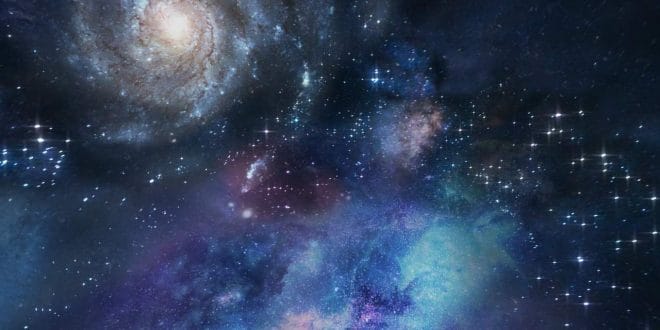Summary:
Yes, galaxies can collide with each other. When galaxies collide, it’s like a cosmic dance where stars, gas, and dust interact in fascinating ways. Depending on the type of collision, galaxies can merge together to form larger galaxies, tear each other apart, or undergo dramatic transformations.
Explaining Galaxy Collisions:
Imagine two giant islands floating in space, each filled with stars, planets, and cosmic dust. Now, imagine these islands drifting closer and closer until they collide with each other. That’s what happens when galaxies collide—it’s a cosmic spectacle that can lead to some incredible outcomes.
Types of Galaxy Collisions:
Galaxy collisions come in different flavors, depending on the size, speed, and angle of approach of the colliding galaxies. In some cases, galaxies can collide head-on, while in others, they may graze past each other or merge together gradually over time. These collisions can result in a variety of outcomes, from gentle interactions to violent collisions.
Merging Galaxies:
One possible outcome of a galaxy collision is that the two galaxies merge together to form a single, larger galaxy. This process can take millions or even billions of years to complete and can lead to the formation of new stars and structures within the merged galaxy. Over time, the merged galaxy may settle into a new, more stable configuration.
Tidal Interactions:
During a galaxy collision, the gravitational pull between the two galaxies can distort and stretch their shapes, creating long tails of stars and gas known as tidal tails. These tidal interactions can also trigger bursts of star formation as gas clouds are compressed and heated up by the collision.
Dramatic Transformations:
In some cases, galaxy collisions can lead to dramatic transformations, with galaxies being torn apart or disrupted by the gravitational forces involved. Smaller galaxies may be completely consumed by larger ones, while larger galaxies may be stripped of their outer layers by the interaction.
Observing Galaxy Collisions:
Astronomers study galaxy collisions using telescopes and computer simulations to understand the dynamics and outcomes of these cosmic encounters. By observing colliding galaxies at different stages of interaction, astronomers can learn more about how galaxies evolve and interact with each other over time.
Galaxy collisions are like cosmic ballets, where galaxies dance and interact in fascinating ways. Whether they merge together to form larger galaxies, tear each other apart, or undergo dramatic transformations, these collisions play a crucial role in shaping the structure and evolution of the universe we live in.
 Lifeved The Keys to a Better
Lifeved The Keys to a Better



 by
by